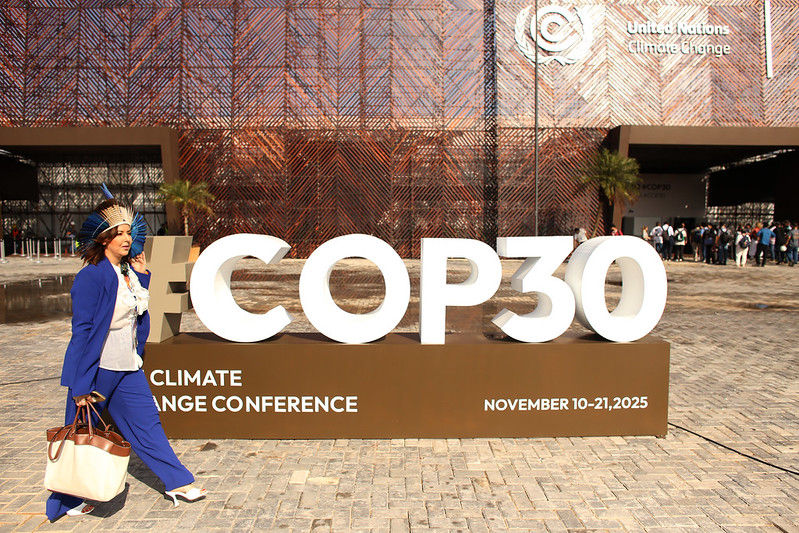Europe’s New Climate Target - A Step Forward or Just More Delay?
- gosiarychlikeu
- Jul 2
- 3 min read
As Europe swelters through another summer of extreme heatwaves, the European Commission has finally announced its climate target for 2040. But does it meet the urgency of the moment?

You may have seen headlines today about the EU’s “2040 climate target.” And if you felt like it sounded distant, technical, and disconnected from your daily life - you're not alone. But here’s the thing: this decision affects every one of us, from the cost of energy and food to the air we breathe and the planet we leave for the next generation.
The European Commission proposed that the EU cut its greenhouse gas emissions by 90% by 2040. At first glance, that sounds big - and it is. But many climate scientists, and climate coalitions like Climate Action Network Europe, which Climate Reality Europe is part of, say it doesn’t go far enough to meet what the latest science says is needed to stay below the critical 1.5°C warming limit.
Why does this matter?
Because we're already feeling the heat. Literally.
This summer has already brought record-breaking temperatures, wildfires, and droughts. Families are spending more on cooling their homes, farmers are struggling with unpredictable harvests, and healthcare systems are buckling under heat-related emergencies.
We’re not talking about a faraway future anymore - climate change is here.
What’s the problem with the 90% target?
Experts say three key things:
It doesn’t fully match the scale of the crisis. The EU has long been one of the biggest polluters in the world. To do its fair share, many believe it should aim for net zero emissions by 2040, not just a 90% reduction.
It includes “loopholes”. The plan allows the EU to buy “carbon credits” from other countries instead of reducing emissions at home. This means wealthier nations could pay lower-emitting countries to do the hard work—while delaying action in Europe. It’s like outsourcing your chores and calling yourself productive.
It may encourage false solutions. There’s a risk that tools like the carbon market and carbon removals (such as planting trees or capturing emissions from factories) are being used to look good on paper while avoiding real, deep changes to how we use energy, transport, and grow food.
What needs to happen instead?
The Climate Action Network Europe coalition is calling for:
Stronger domestic action, especially by 2035. The longer we wait, the harder- and more expensive - it gets.
Real investments in renewable energy, like solar and wind, and smarter energy systems that store and distribute power efficiently.
Phasing out fossil fuels, including gas, and avoiding distractions like nuclear energy or weak carbon removal schemes.
Fairness. Climate action should not fall hardest on the poorest, either within Europe or in countries that did the least to cause the problem.
What can you do?
It’s easy to feel powerless in the face of complex EU policies. But every action counts.
Stay informed. Understanding what’s at stake helps us hold decision-makers accountable.
Support clean energy and sustainable choices in your own community.
Vote. Local and national elections all matter when it comes to climate leadership.
Raise your voice - whether through social media, community groups, or climate movements,
and right in time, help us urge the European Union to submit an ambitious update of its climate plan (Nationally Determined Contribution), as part of the global climate negotiation process with UNFCCC.
Bottom line
The EU’s new 2040 target is a step in the right direction, but not the bold leap we need. With climate change accelerating, the question is no longer can we afford to act - it’s can we afford not to?
As this summer reminds us yet again: the climate crisis isn’t waiting. Neither should we.






![Turning to local climate action [webinar recordigns & resources]](https://static.wixstatic.com/media/49dc72_7c0b72dc499c4a6b99314f5bf07b6a47~mv2.jpg/v1/fill/w_980,h_551,al_c,q_85,usm_0.66_1.00_0.01,enc_avif,quality_auto/49dc72_7c0b72dc499c4a6b99314f5bf07b6a47~mv2.jpg)
Comments